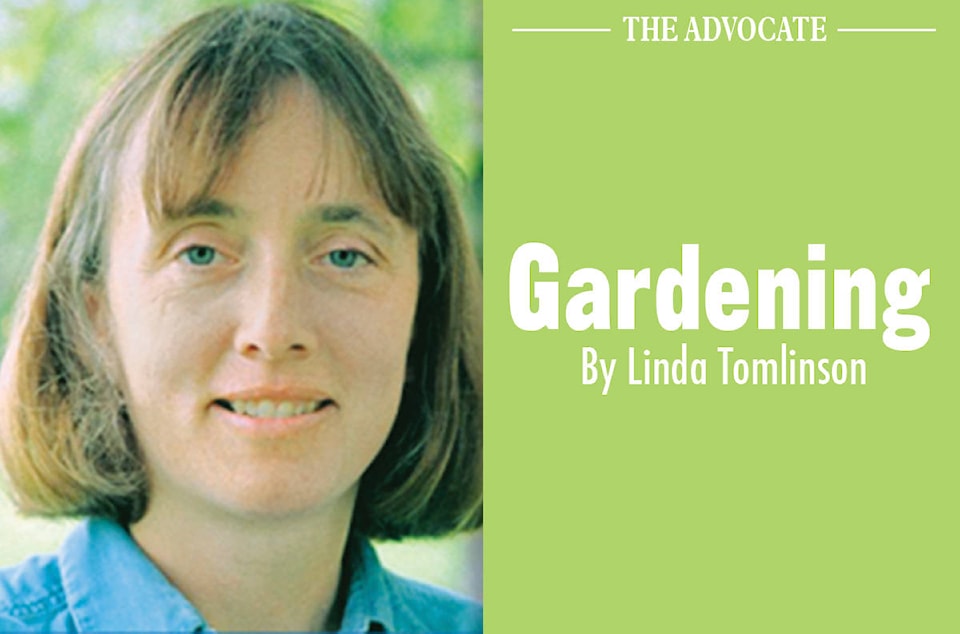Shorter days and cooler nights are signals that can’t be ignored, fall is headed this way.
Temperature in Central Alberta tend to plummet for a few days at this time of year and rise again allowing gardens to continue to grow well into September if tender plants are covered on cold nights. Covering tomatoes, cucumbers, squash and annual flowers, when the temperature drops below 5 ˚C with a polyspun cloth will increase the air temperature around the plants and keep them producing for a longer period.
Heat loving plants such as tomatoes do not set fruit if the temperatures drop below 15.5° C (60° F) but others will. To encourage set tomatoes to grow larger, remove all buds, new growth and excess foliage enabling the plant to store all its energy in the fruit.
Tropical, cacti and succulent plants that have spent the summer outside should be covered or moved into the house during a warm weather. There will be more insects hiding in the leaves during cold weather. Check plants for insects before moving them inside. Undersides of leaves and stems are favorite hiding places. If the plants have insect infestations there are a few options. The easiest is not to bring them into the house and replace them with other plants. Another option involves treat the plants with a soap solution. When sprayed the soap coats the insects and suffocates them. Repeat treatments are needed as insecticidal soap doesn’t hurt the eggs.
There are also different types of insecticides on the market. Always read the ingredients and instructions before making a purchase. If it is not possible to carry out the instructions, leave the package on the shelf as following the instructions is crucial to good results.
Even when insects are not noticeable it is best to put the new plants in a different room for a few weeks just in case. It might just take a warmer temperature for eggs to hatch.
Plants that are moved inside will undergo a climate shock similar to the one in the spring when they are set outside. Expect yellow leaves, leaf drop and different watering requirements. If possible transition the plants by moving the plants to areas of less light and warmer nights before they are permanently inside.
Plant spinach in the parts of the garden that are bare. The seeds will germinate and provide fresh greens until it is covered with snow. Do not pull this crop as it should overwinter and continue growing early next spring.
The flowers on a fruit tree are attractive in the spring. Come fall the fruit such as apples, crab apples, cherries or plums should be picked, used, composted or given away. Local Food Banks take fruit and vegetables that are in good, usable condition.
Fruit left on the ground attract rodents and wasps. In the case of apples, apple maggots that have shown up in a number of areas this year, will leave the apple and overwinter in the ground. Next spring the fly will hatch and start the cycle again. Keeping the ground free of apples removes the overwintering place for the maggots breaking the insect’s life cycle and eliminating the problem. Do not put wormy apples in the compost as the larva will overwinter in most composts.
To extend the flower season, plant mums or pansies. Both plants survive a light frost and with care which might include covering or bringing them inside, they will flower into October.
The garden season does not need to end with the first cold night. Start covering plants as the night temperatures cool to keep plants growing and producing for a longer period of time.
Linda Tomlinson is a horticulturalist that lives near Rocky Mountain House. She can be reached at your_garden@hotmail.com
